A colleague and I recently visited the city of Reggio Emilia, Italy, with 20 undergraduate students to explore the city’s world renowned philosophy of preschool education. This constructivist pedagogical approach that endorses experiential learning was developed following World War II by psychologist Loris Malaguzzi and parents from the surrounding communities. At its core is the belief that children are endowed with a hundred symbolic languages (drama, painting, sculpting, etc.) for expressing themselves in everyday life. The study abroad summer practicum immersed the university students in the Italian culture and provided multiple opportunities through professional development workshops and preschool visits to experience the Reggio Emilia approach first hand. During evening reflection sessions, my colleague and I facilitated rich discussions that compared and contrasted the American educational philosophies with those of Reggio Emilia. One of the major differences identified between the American and Italian educational contexts was the vital role of the classroom environment.
Malaguzzi saw the physical environment as foundational in preschool programs often referring to it as a third teacher in concert with adults and other students (Biermeier, Citation2015). In Reggio Emilia, preschool classrooms are seamlessly integrated within the surrounding natural environment. Our university students were inspired by various aspects of the Reggio classroom environment that were lacking in many America schools. These included a central piazza, courtyards, sprawling studio spaces, ateliers, picture windows and exterior doors, mirrors, photographs, displays of student work, natural light, plants and gardens, animals, a variety of natural and recycled loose parts, and an overall sense of transparency.
I too was struck by the stark contrast between the Reggio Emilia and American classroom environments, particularly with respect to materials offered to the children for exploration. The Reggio classrooms were brimming with a variety of natural (bark, chestnuts, leafs, pine cones, sand, shells, sticks, stones, etc.) and recycled materials (buttons, cardboard boxes, fabric, foam, paper, paper towel rolls, plastic items, string, etc.). These loose parts were provided to the Reggio schools by a local creative recycling center called Remida, established in 1996 as a cultural project that focused on creativity, sustainability, and research on waste materials. Some 200 companies throughout Italy provide recycled and surplus items to the Remida which is visited by over 3,000 artists, students, and teachers each year.
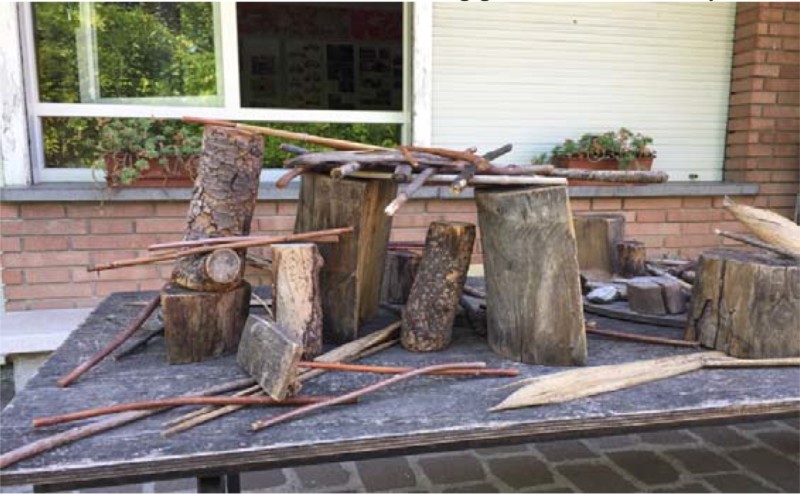
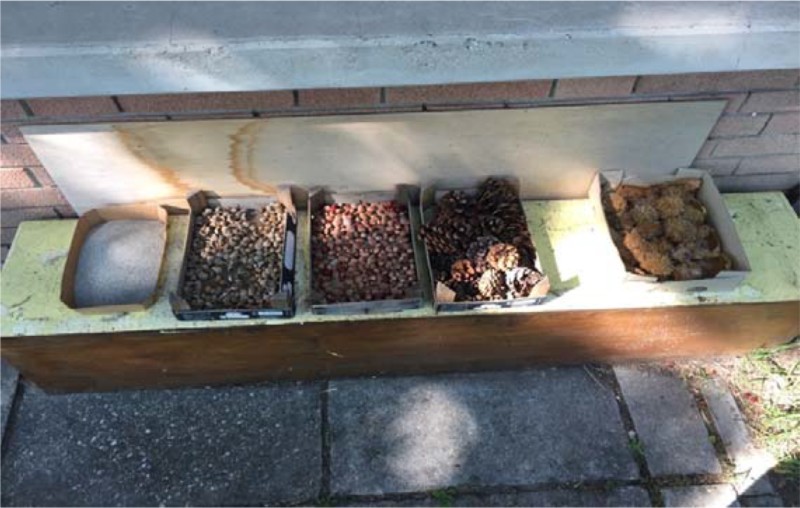
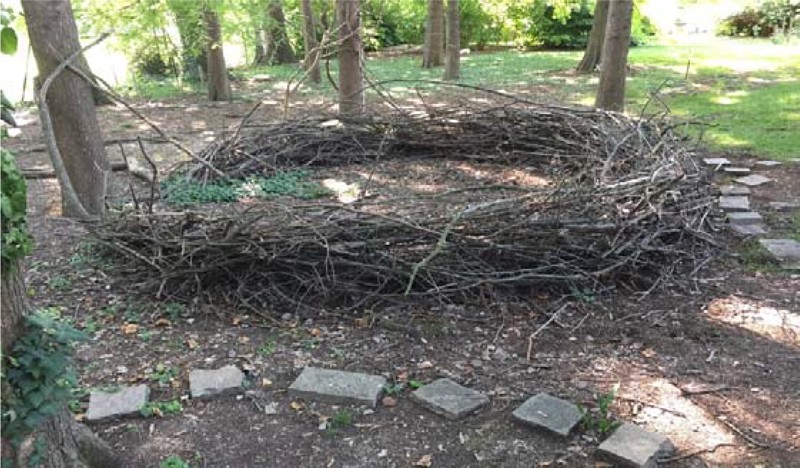
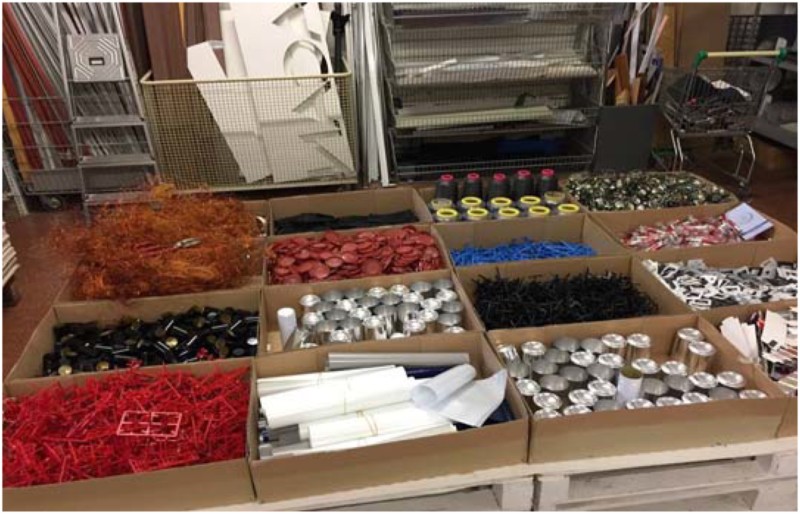
There are similar networks of centers across the UK called Children’s Scrap Stores and Reusable Resource Centers in America. The Children’s Scrap Store began as a ‘Friends of the Earth’ project in 1982 with the goal of collecting safe waste from businesses to be used as a low cost creative resource for schools and community recreation associations. Today the network has grown to 100 independent stores throughout the UK. The Reusable Resource Association, established in Melbourne Beach, Florida, in 1988 provides centers where various community stakeholders can collect and reuse a variety of open-ended materials for creative play, artistic endeavors, and lifelong learning. Presently there are some 100 centers spread across 34 states.
The recycled materials provided by these centers are thought to have high play value due to their open-ended, unstructured nature and are supported by the complimentary theories of compound flexibility and the theory of loose parts. The theory of compound flexibility holds that there is an interrelationship between a flexible/adaptable environment and the gradual development of flexibility/adaptability in the child (Brown, Citation2003). Sutton-Smith (Citation1997) also found a major function of play to be adaptive variability. Infusing a variety of loose parts into the classroom allows children to control and adapt their environment. In his theory of loose parts, Nicholson (Citation1971) argues that ‘in any environment both the degree of inventiveness and creativity, and the possibility of discovery, are directly proportional to the number and kind of variables in it’ (p. 30). Therefore, a classroom full of boxes, crates, and various open-ended materials is more likely to encourage creativity than a conventional classroom environment with more traditional materials.
Over the past 20 years, colleagues and I have offered a variety of professional development workshops with great success throughout America for parents, teachers, administrators, legislators, policy makers, and play advocates on using open-ended, loose parts to enhance family and school attitudes and relationships, to develop play leadership and advocacy, to meet early learning standards, to encourage and advance action research, and to effect quality learning. Participants are often surprised by the engrossing nature of the loose parts and how deeply they immerse themselves in the individual and group play opportunities provided. However, the inspiration generated throughout the interactive workshop is often tempered during the group discussion when participants lament about the restrictive and didactic nature of their early childhood classroom environments, overemphasis on academic instruction, few quality play materials, and a lack of understanding about the importance of play on whole child development.
In March, 2017, a colleague and I offered Implementation Strategies for Teachers and Parents to Effect Quality Learning through Play and Loose Parts with over 200 early childhood professionals at the University of the West Indies Family Development Center in Trinidad and Tobago. This was our first international audience and we were ambivalent about how things would go. However, the loose parts worked their magic and the participants were totally immersed throughout the 90-minute workshop. During the group debriefing the early childhood professionals from Trinidad and Tobago expressed similar concerns to the ones often proffered by their American counterparts mentioned above.
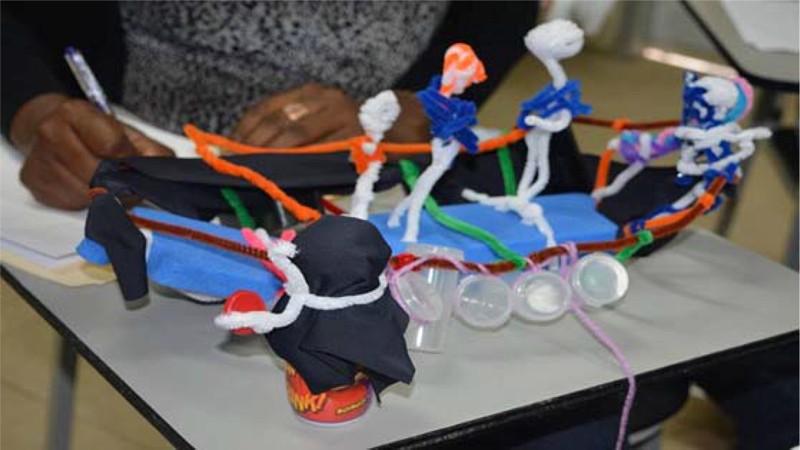
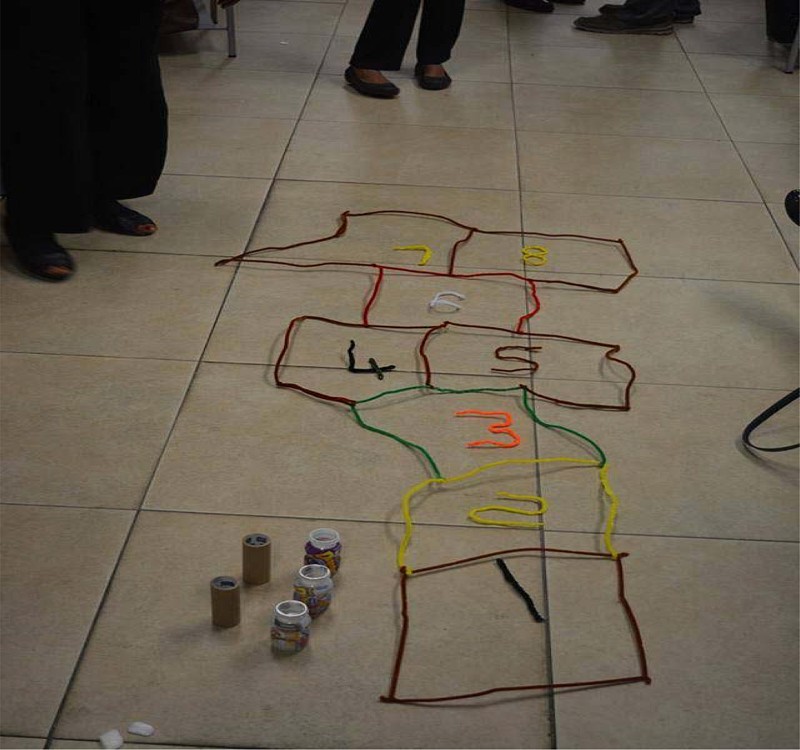

I remain hopeful that our work with undergraduate students via study abroad programs to inspirational programs like Reggio Emilia, and with families, teachers, administrators, legislators, and policy makers via professional development workshops will inspire an ethic to enhance home, school, and community environments with a rich variety of open-ended loose parts.
References
- Biermeier, M. A. (2015). Inspired by Reggio Emilia: Emergent curriculum in relationship-driven learning environments. Young Children, 70(5), 72–73.
- Brown, F. (2003). Playwork: Theory and practice. Philadelphia, PA: Open University Press.
- Nicholson, S. (1971). How not to cheat children: The theory of loose parts. Landscape Architecture, 62, 30–35.
- Sutton-Smith, B. (1997). The ambiguity of play. Cambridge, MA: Harvard University Press.
